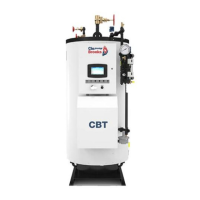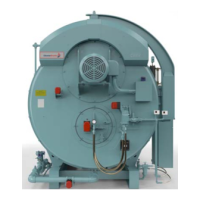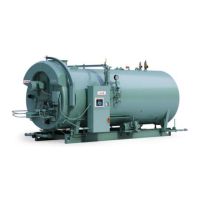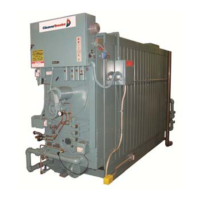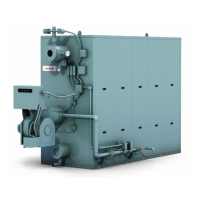55 750-265
Annunciator 8
location
The location of the contacts monitored by the A8 annunciator input. 48
Annunciator 8 long
name
The long name (up to 20 characters) of the A8 annunciator input. 48
Annunciator mode The annunciator may be fixed, in which the labels and locations of the inputs is pre-
assigned, or programmable in which these things may be altered.
48
Annunciator1 short
name
The short (3 letter) name of the contacts monitored by the A1 annunciator input. 48
Annunciator2 short
name
The short (3 letter) name of the contacts monitored by the A2 annunciator input. 48
Annunciator3 short
name
The short (3 letter) name of the contacts monitored by the A3 annunciator input. 48
Annunciator4 short
name
The short (3 letter) name of the contacts monitored by the A4 annunciator input. 48
Annunciator5 short
name
The short (3 letter) name of the contacts monitored by the A5 annunciator input. 48
Annunciator6 short
name
The short (3 letter) name of the contacts monitored by the A6 annunciator input. 48
Annunciator7 short
name
The short (3 letter) name of the contacts monitored by the A7 annunciator input. 48
Annunciator8 short
name
The short (3 letter) name of the contacts monitored by the A8 annunciator input. 48
Anticondensation >
Delta-T
Anti-condensation (rate increase) may have a higher or lower priority than Delta-T (rate
decrease), when both of these are active and competing.
34
Anticondensation >
Forced rate
Anti-condensation (rate increase) may have a higher or lower priority than forced rate (a
specific firing rate), when both of these are active and competing.
34
Anticondensation >
Outlet limit
Anti-condensation (rate increase) may have a higher or lower priority than Outlet high limit
(rate decrease), when both of these are active and competing.
34
Anticondensation >
Slow start
Anti-condensation (rate increase) may have a higher or lower priority than slow start (a
specific firing rate slope), when both of these are active and competing.
34
Anticondensation >
Stack limit
Anti-condensation (rate increase) may have a higher or lower priority than Stack high limit
(rate decrease), when both of these are active and competing.
34
Anti short cycle time Whenever the burner is turned off due to no demand the anti-short-cycle timer is started and
the burner remains in a Standby Delay condition waiting for this time to expire. Does not
apply, however, to recycle events or DHW demand.
18
Auxiliary pump
control
The Auxiliary pump can be turned on manually, or it can be set to operate automatically. If it
is turned on then it remains on until changed back to Auto. In Auto mode it operates
according to the pump function that it is assigned to.
46
Auxiliary pump cycle
count
Auxiliary pump cycle count. Can be written to a new value (e.g. if the pump or controller is
replaced).
5
Auxiliary pump on
when
This parameter assigns the Auxiliary pump to a particular function. 46
Auxiliary pump
output
This parameter allows the Auxiliary pump function to be disconnected or to be attached to
any of the pump outputs.
46
BLR function This parameter selects either a blower motor function for the BLR output terminal. 36
Boiler pump control The Boiler pump can be turned on manually, or it can be set to operate automatically. If it is
turned on then it remains on until changed back to Auto. In Auto mode it operates according
to the demand and overrun time.
45
Boiler pump cycle
count
Boiler pump cycle count. Can be written to a new value (e.g. if the pump or controller is
replaced).
5
Boiler pump output This parameter allows the Boiler pump function to be disconnected or to be attached to any
of the pump outputs.
45
Table 30. Parameter Glossary.
Parameter Name Short Description Ref. Page
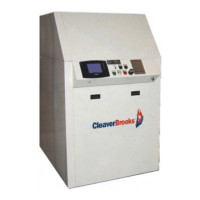
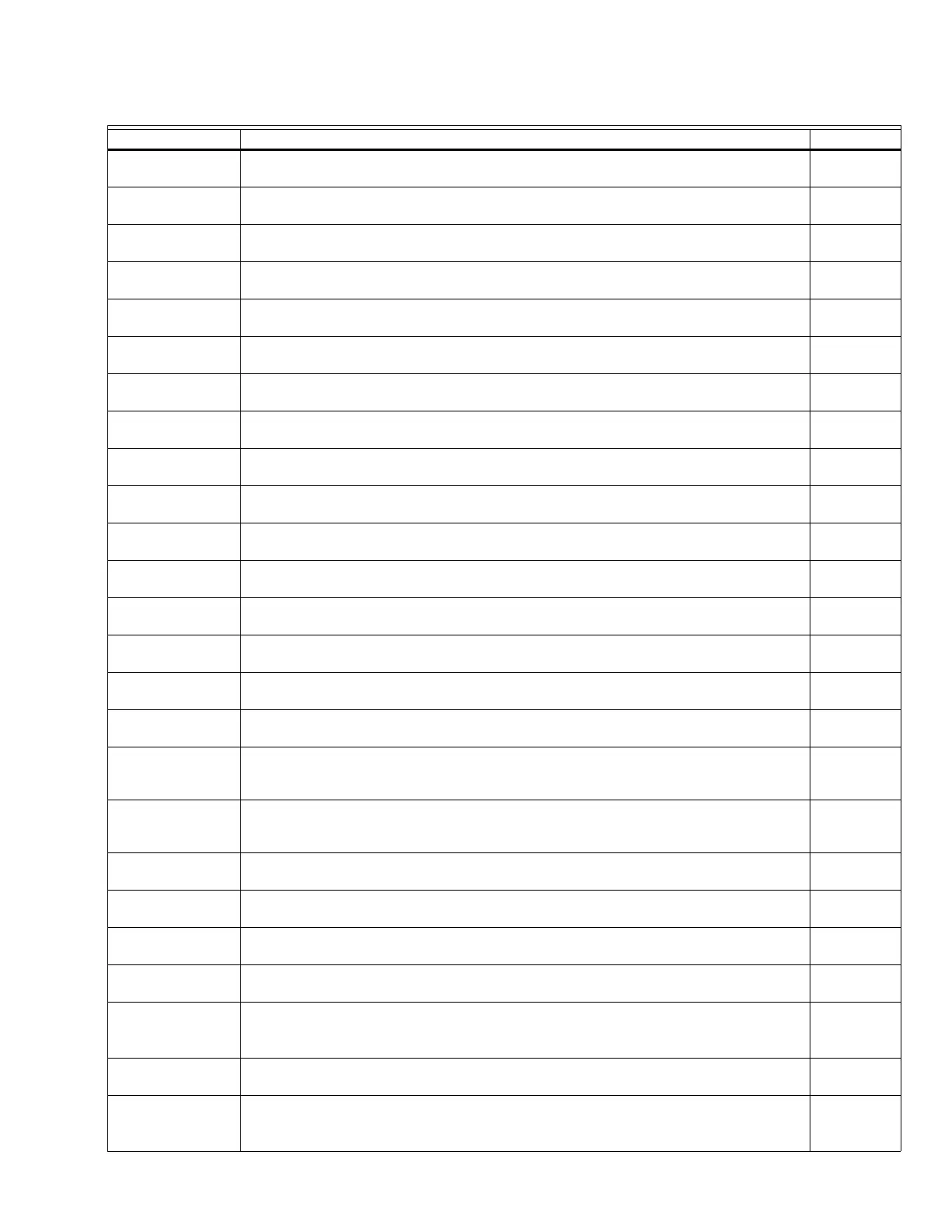